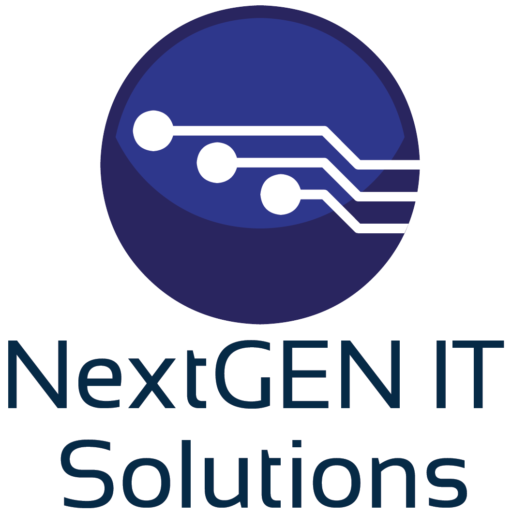The Shift from Cloud Computing to On-Premises Solutions

Exploring Security, Cost, and Scalability Factors
In recent years, there has been a noticeable shift in the IT landscape, with companies reconsidering their reliance on cloud computing and opting for on-premises solutions. While cloud computing has undeniable advantages, such as scalability, flexibility, and ease of access, certain companies are finding that the costs and security risks associated with the cloud outweigh these benefits. In this article, we will delve into the reasons behind this shift, focusing on security concerns, cost considerations, and the challenges of scalability. Furthermore, we will explore potential solutions that can help companies overcome these challenges and strike the right balance between cloud and on-premises solutions.
Security Concerns and Regulatory Compliance
One of the primary drivers pushing companies away from the cloud is security. Despite the security measures implemented by cloud providers, such as data encryption and firewalls, the risk of data breaches and unauthorized access to sensitive information remains a concern. In heavily regulated industries like healthcare and finance, companies may find themselves subject to strict regulations regarding data storage and handling. In these cases, retaining data on their own servers provides a higher level of control over security measures and compliance.
Cost Considerations: The Cloud vs. On-Premises
Cost is another significant factor influencing the decision to move away from the cloud. While cloud computing can be cost-effective for some companies, others may find that the ongoing fees associated with cloud services outweigh the costs of running their own on-premises infrastructure. Additionally, companies may already possess existing hardware and software that can be utilized, minimizing the need for substantial investments in new cloud services. For instance, a small business could end up paying over $2,700.00 per month for a 12-user virtual desktop and 1 server with 20 TB of data in Microsoft Azure. Conversely, a comparable on-premises solution could be achieved at a fraction of that cost.
Benefits of On-Premises Solutions: Security and Cost Savings
Despite the challenges mentioned, utilizing on-premises solutions offers several notable benefits, particularly in terms of security and long-term cost savings. By maintaining their infrastructure on-premises, companies gain complete control over their data and IT environment, enabling them to mitigate security risks and comply with regulations more effectively. Moreover, on-premises solutions generally incur lower ongoing costs, as they eliminate the need for recurring fees associated with cloud services.
Challenges and Overcoming Them
Setting up the initial on-premises infrastructure does come with an upfront cost, requiring investments in hardware, software, and skilled personnel. However, once the infrastructure is in place, the ongoing expenses typically prove more economical than those associated with cloud services. Scalability is another challenge, as on-premises solutions demand careful anticipation of future needs and the acquisition of sufficient hardware and software to accommodate growth. If a company experiences unexpected expansion or a surge in demand, rapid investments in additional resources may become necessary.
Hybrid Solutions: Finding the Right Balance
To address the challenges of on-premises solutions, companies can adopt hybrid models that combine the best of both worlds. Hybrid solutions merge on-premises infrastructure with cloud services, offering scalability and flexibility. This approach allows companies to mitigate the challenges associated with on-premises solutions while still benefiting from cloud computing advantages. By leveraging a hybrid model, businesses can strike a balance that aligns with their unique needs and goals.
Conclusion: Tailoring Solutions to Fit Individual Needs
While the trend of companies shifting away from cloud computing and embracing on-premises solutions is noteworthy, it is crucial to recognize that each organization has its own specific IT requirements. Cloud computing may be an ideal fit for some companies, enabling them to leverage scalability and other benefits. Conversely, on-premises solutions can offer superior security measures and long-term cost savings. Ultimately, the decision to opt for cloud or on-premises solutions should be based on a thorough analysis of factors such as security, cost, scalability, and the specific needs and goals of the company. By striking the right balance, businesses can build an IT infrastructure that aligns with their objectives while mitigating potential risks.




